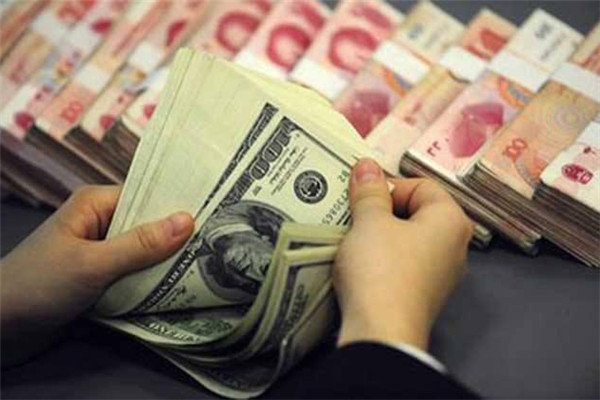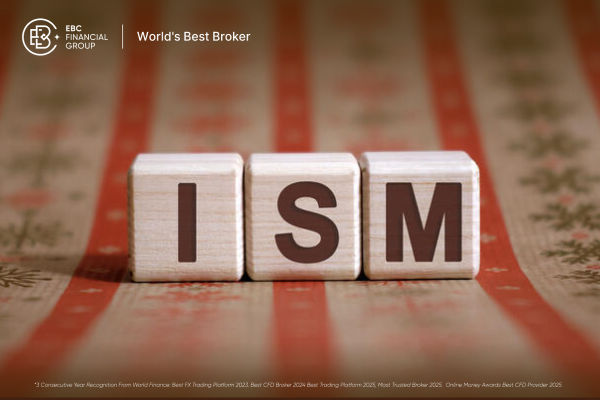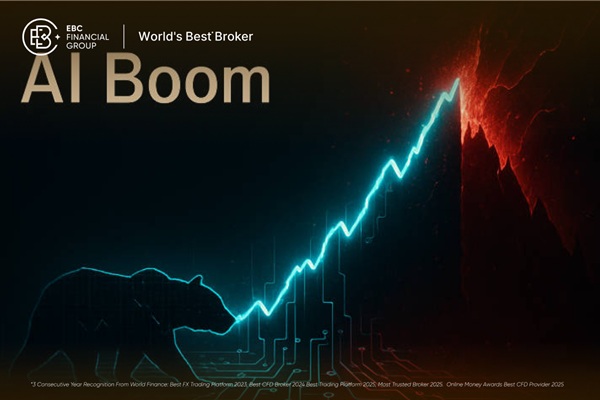Hedging trading is a financial trading strategy aimed at reducing risk by simultaneously engaging in two or more opposite trades. This trading strategy is typically used in financial markets such as stocks, futures, forex, and other instruments in financial markets.

The basic principle of hedging trading involves investors engaging in two or more opposite trades simultaneously to offset risks. For instance, if an investor expects a stock price to rise but is wary of potential market declines, they can buy and sell the stock concurrently. This strategy ensures relatively stable returns, regardless of market trends.
Another important feature of hedge trading is its ability to protect investment portfolios from market fluctuations. For instance, an investor might hold various stocks but is concerned about potential market declines that could devalue their portfolio. To mitigate this risk, they can simultaneously engage in both long and short trades in stocks and futures to counteract the impact of market fluctuations.
Hedge trading involves simultaneously trading two types of market-related products: one long and the other short.
Market correlation refers to the roughly identical trend of two types of
products when the macroeconomic and financial environments change.
Hedging is the expansion and upgrading of arbitrage, as reflected in the
following points:
1. Hedge trading is a basket of contracts, and for another basket of
contracts, the risk is fully dispersed, which can avoid the phenomenon of
traditional arbitrage in extreme conditions where the price difference does not
return.
2. Compared to traditional arbitrage, it is more convenient to program, and
theoretical returns can be referenced in the model to control the increase and
decrease of positions.
3. Market adaptability is stronger than alpha arbitrage, and it can also
profit through dynamic methods in bear markets. Arbitrage refers to the trading
of price differentials between two contracts with 100% correlation between
different delivery months or exchanges of the same commodity, which is based on
the k-line chart of price differentials and involves buying low and selling
high.
The risk and return of hedging trading are usually relatively low, as
they aim to reduce risk rather than pursue high returns. However, hedging
transactions require investors to possess certain financial knowledge and skills
in order to accurately assess market risks and opportunities and develop
effective trading strategies.



























